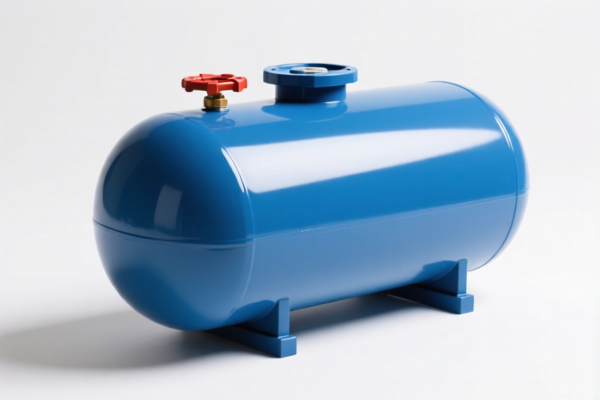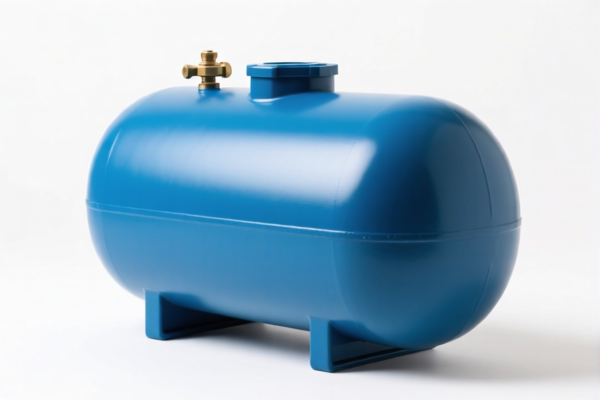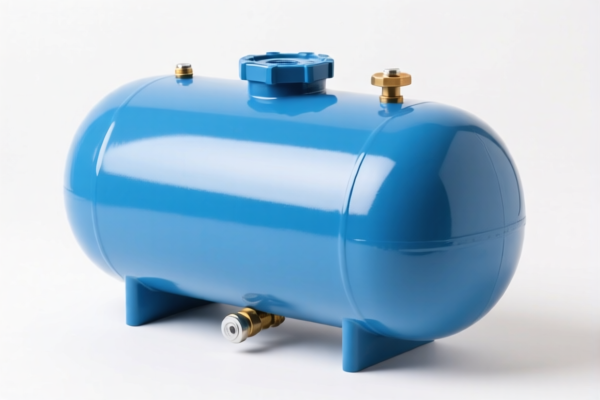| HS Code | Official Doc | Tariff Rate | Origin | Destination | Effective Date |
|---|---|---|---|---|---|
| 7326908688 | Doc | 82.9% | CN | US | 2025-05-12 |
| 8487900080 | Doc | 83.9% | CN | US | 2025-05-12 |
| 8487900040 | Doc | 58.9% | CN | US | 2025-05-12 |
| 5404900000 | Doc | 55.0% | CN | US | 2025-05-12 |
| 5404198080 | Doc | 61.9% | CN | US | 2025-05-12 |




Expansion Ring
An expansion ring, also known as a retaining ring, is a mechanical fastener used to secure components on a shaft or in a housing/bore. It prevents axial movement of the secured parts.
Material
Expansion rings are commonly manufactured from:
- Spring Steel: Most frequent material due to high elasticity and strength. Often carbon spring steel (e.g., ASTM A684) or alloy spring steel.
- Stainless Steel: Used for corrosion resistance, often 301 or 304 stainless steel.
- Carbon Steel: Used for non-corrosive environments, often with a coating for protection.
- Other Alloys: Beryllium copper, Phosphor bronze, and other specialized alloys are used for specific applications requiring unique properties like conductivity or non-magnetic characteristics.
Purpose
The primary purpose of an expansion ring is to:
- Axial Retention: Hold components in place along an axis, preventing them from sliding off the shaft or out of the housing.
- Shouldering/Locating: Act as a shoulder or locating feature for other components.
- Space Saving: Provide a compact method of axial retention compared to other fastening methods like threaded collars or nuts.
- Simplified Assembly/Disassembly: Allow for relatively easy installation and removal, often requiring only a dedicated installation/removal tool.
Function
Expansion rings function by utilizing spring force. The ring is designed to be slightly larger than the groove it sits in, creating a constant radial force against the groove walls. This force provides the retention. The ring’s ability to maintain this force is dependent on material properties, ring geometry, and groove dimensions.
Usage Scenarios
- Automotive: Securing bearings, gears, and other components in transmissions, engines, and wheel hubs.
- Aerospace: Used in actuators, pumps, and various mechanical assemblies.
- Industrial Machinery: Retaining components in pumps, compressors, motors, and gearboxes.
- Power Tools: Securing bearings and other parts within the tool's housing.
- Electronics: Used in motors, switches, and other electronic components.
- Hydraulics/Pneumatics: Retaining seals and pistons in cylinders.
Common Types
- External Retaining Rings: Fit into a groove on the outside diameter of a shaft. Installed using a dedicated installation tool.
- Internal Retaining Rings: Fit into a groove on the inside diameter of a bore/housing. Also installed with a specific tool.
- Self-Locking Retaining Rings: Feature a tang or other feature that locks the ring into the groove, providing increased security.
- Spiral Retaining Rings: A continuous, coiled spring wire that fits into a groove. Can be used in applications with limited space.
- Stamped Retaining Rings: Manufactured from flat steel stock, commonly used for lighter duty applications.
- Tapered Retaining Rings: Designed for applications requiring high axial load capacity.
- Heavy-Duty Retaining Rings: Larger cross-sections and stronger materials for demanding applications.
Based on the provided information, identifying the precise HS code for "expansion ring" requires careful consideration of its material and application. Here are the potentially relevant HS codes found within the reference material:
- 7326908688: This code covers “Other articles of iron or steel: Other: Other: Other: Other Other”. This is a broad category for articles made of iron or steel. If the expansion ring is constructed from iron or steel, this HS code may be applicable. The total tax rate is 82.9%, comprising a 2.9% base tariff, a 25.0% additional tariff, and a 30.0% additional tariff effective April 2, 2025, with a further 25% additional tariff for steel and aluminum products.
- 8487900080: This code refers to “Machinery parts, not containing electrical connectors, insulators, coils, contacts or other electrical features, and not specified or included elsewhere in this chapter: Other Other”. If the expansion ring is a component of a larger machine and does not include electrical components, this HS code could be considered. The total tax rate is 83.9%, consisting of a 3.9% base tariff, a 25.0% additional tariff, and a 30.0% additional tariff effective April 2, 2025, with a further 25% additional tariff for steel and aluminum products.
- 5404900000: This code covers “Synthetic monofilament of
67 decitex or more and of which no cross-sectional dimension exceeds 1 mm; strip and the like (for example, artificial straw) of synthetic textile materials of an apparent width not exceeding 5 mm: Other”. If the expansion ring is made of synthetic monofilament or strip material, this HS code may be applicable. The total tax rate is 55.0%, comprising a 0.0% base tariff, a 25.0% additional tariff, and a 30.0% additional tariff effective April 2, 2025. - 5404198080: This code covers “Synthetic monofilament of
67 decitex or more and of which no cross-sectional dimension exceeds 1 mm; strip and the like (for example, artificial straw) of synthetic textile materials of an apparent width not exceeding 5 mm: Monofilament: Other: Other Other”. If the expansion ring is a synthetic monofilament, this HS code may be applicable. The total tax rate is 61.9%, comprising a 6.9% base tariff, a 25.0% additional tariff, and a 30.0% additional tariff effective April 2, 2025.
It is important to determine the material composition of the expansion ring to select the most accurate HS code. If the ring is made of iron or steel, 7326908688 is the most likely option. If it is a machine part without electrical components, 8487900080 should be considered. If it is made of synthetic materials, either 5404900000 or 5404198080 may be appropriate, depending on whether it is a monofilament or another form of strip material.
Customer Reviews
No reviews yet.